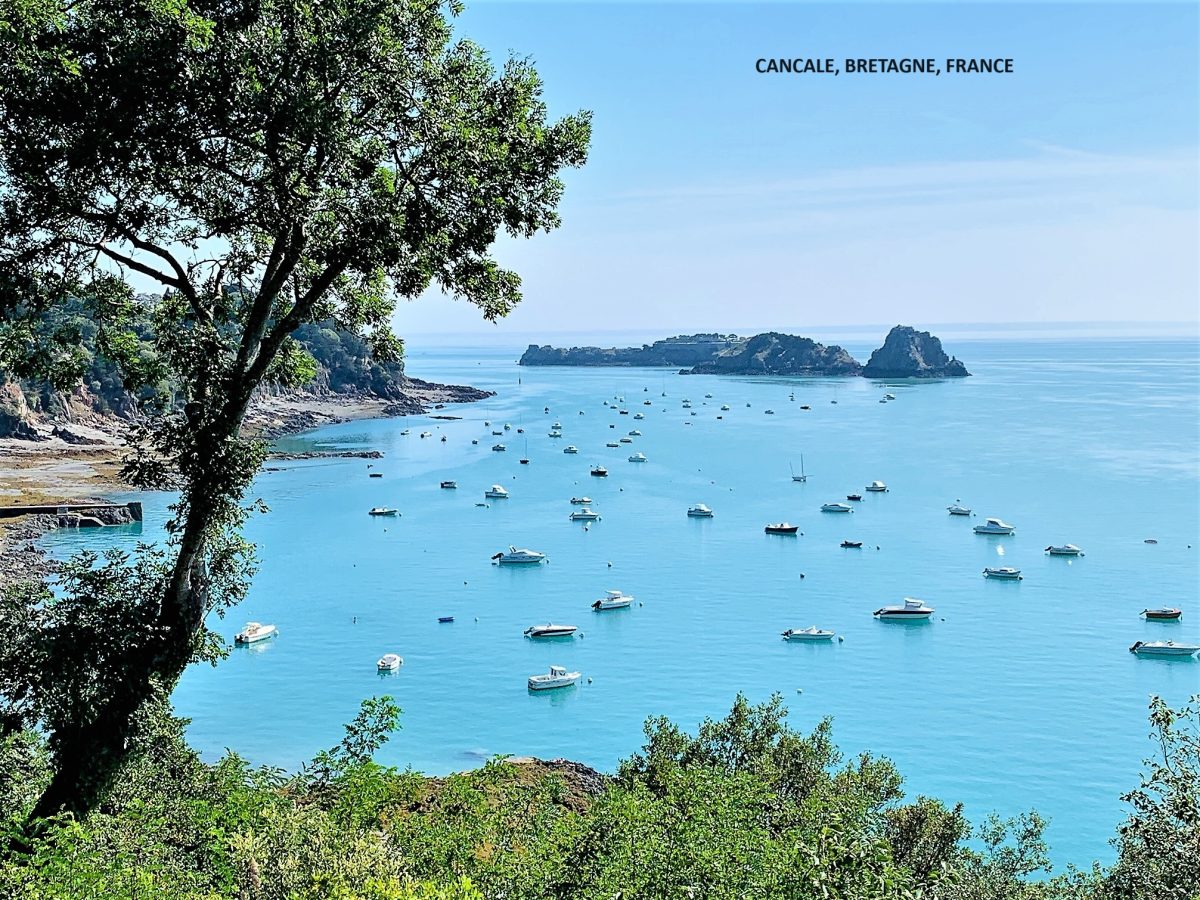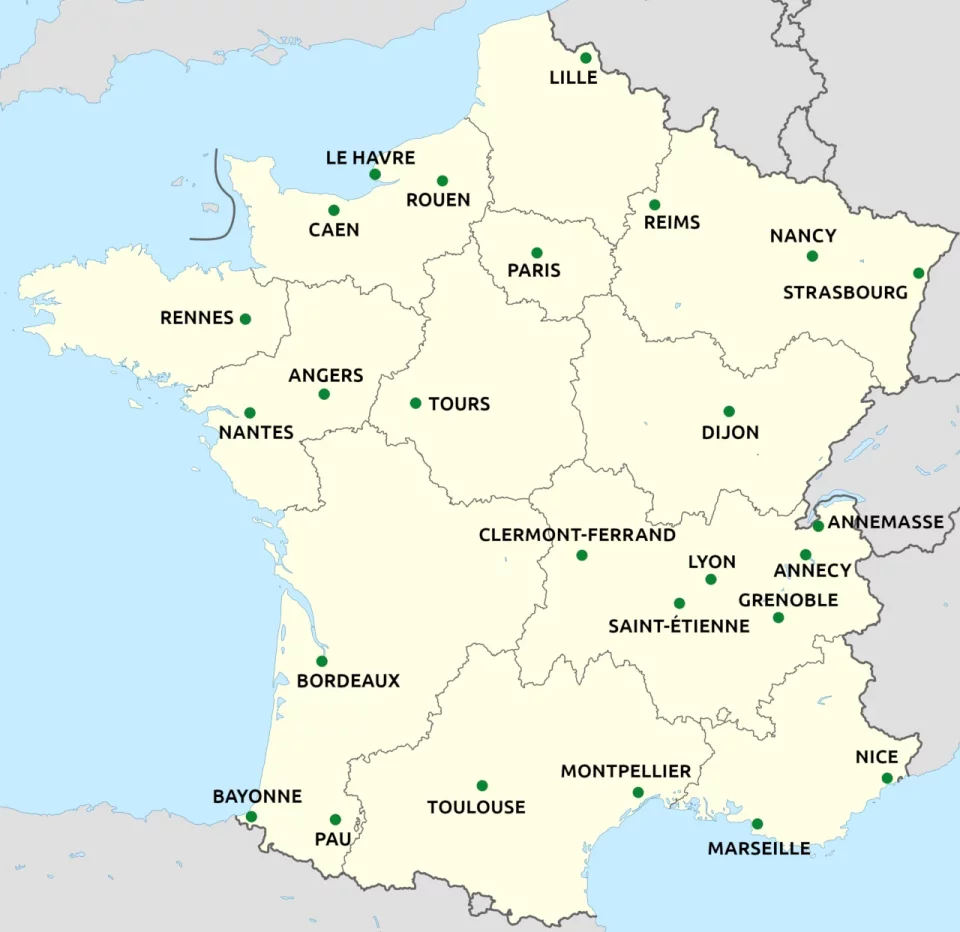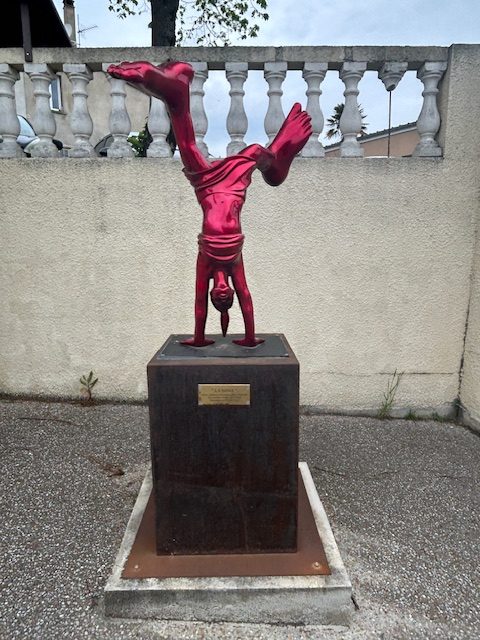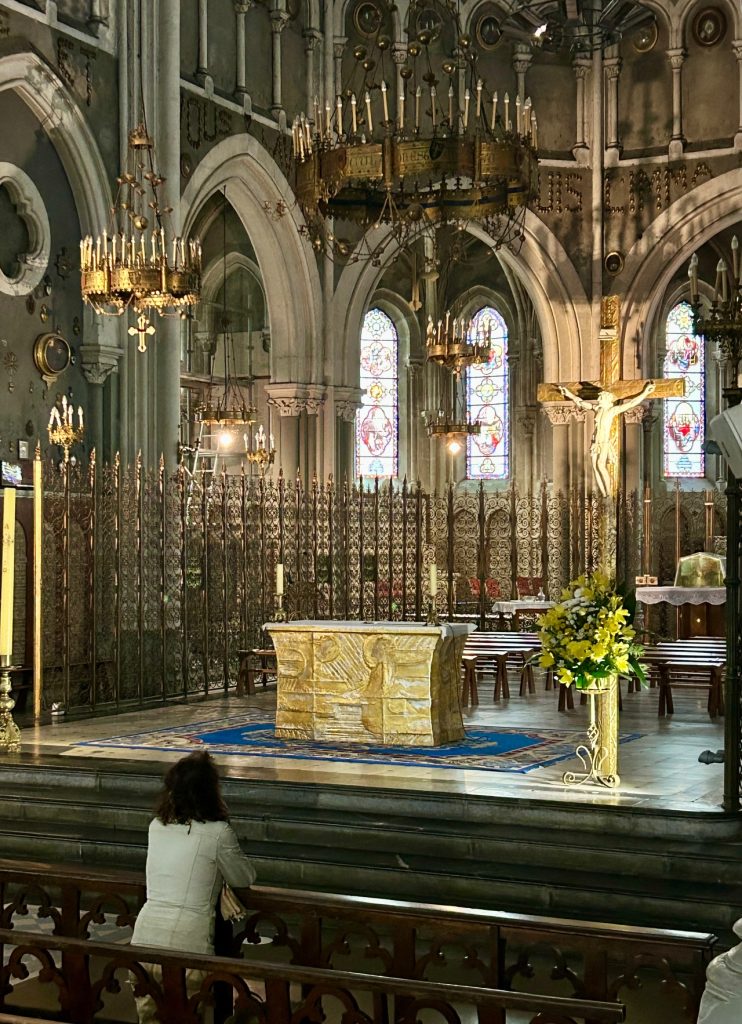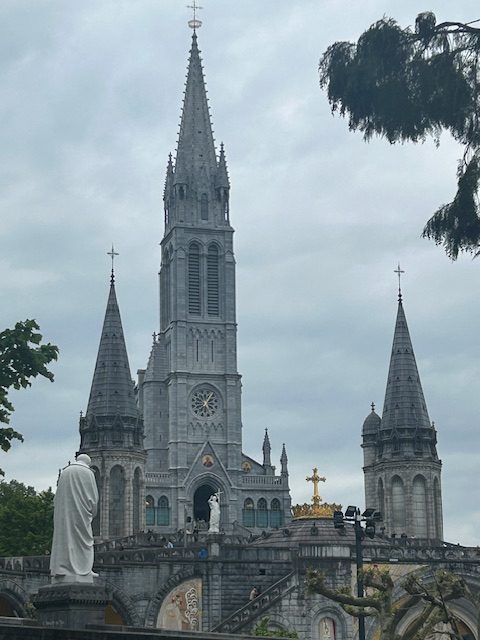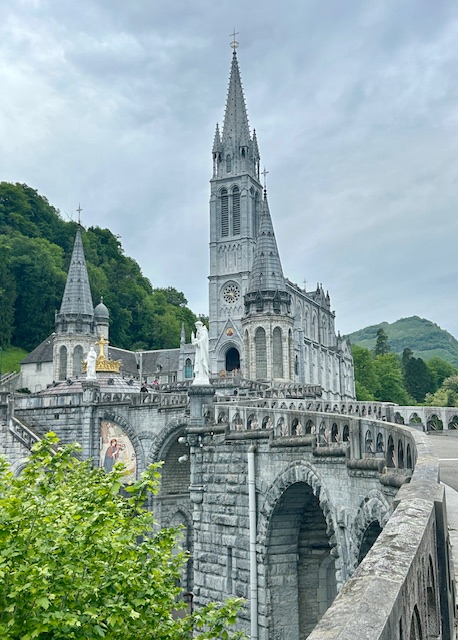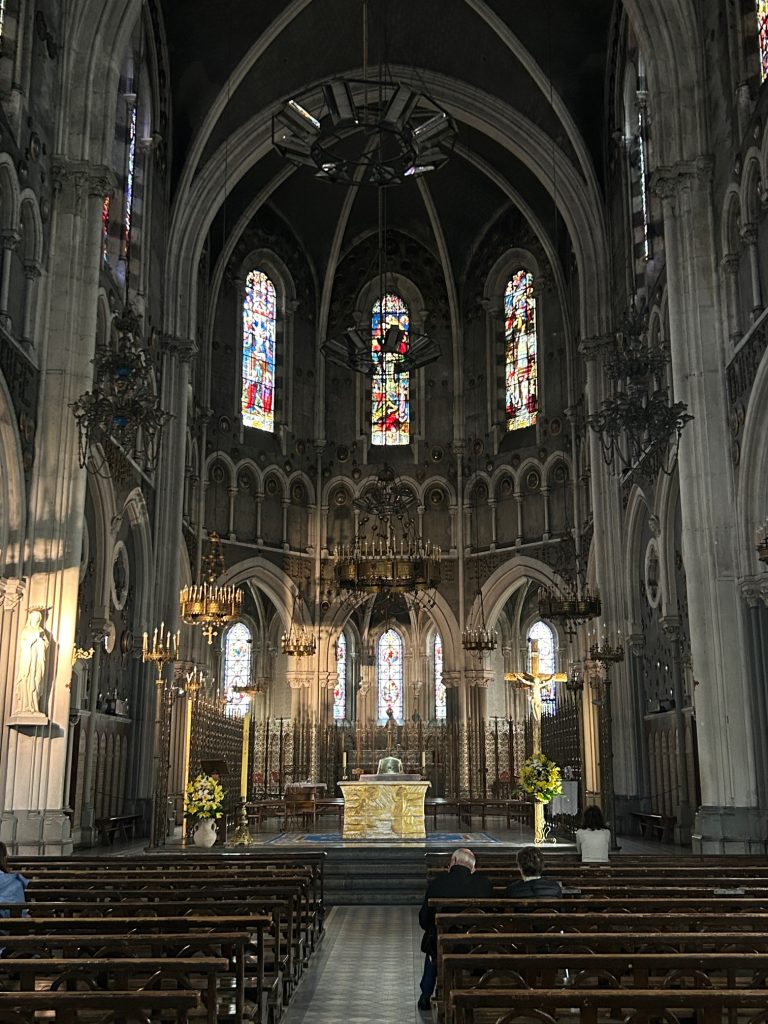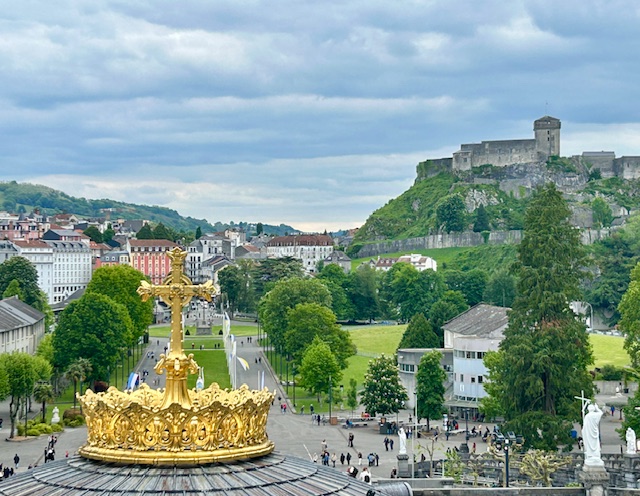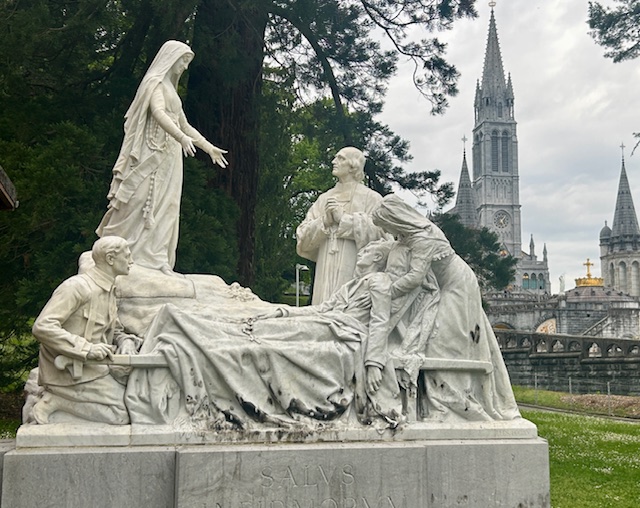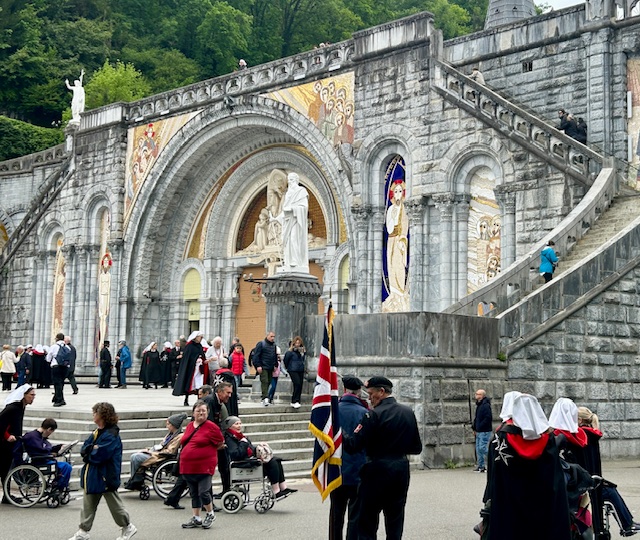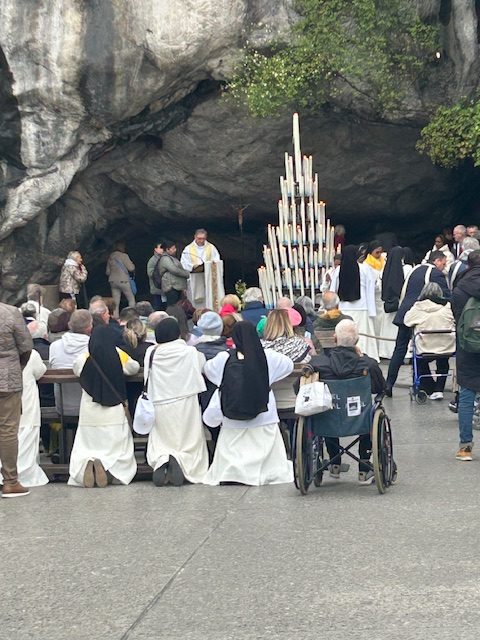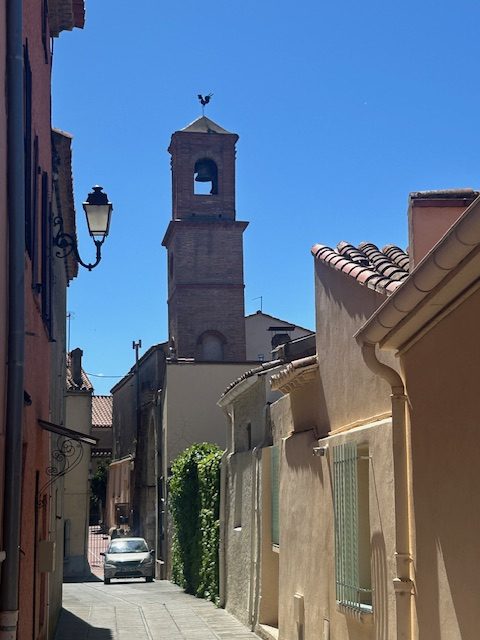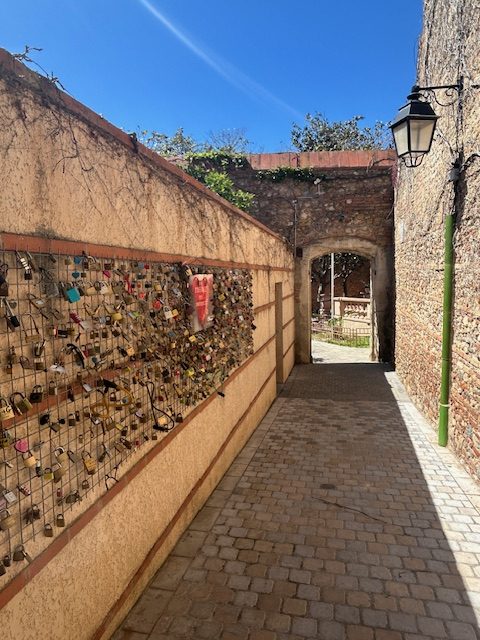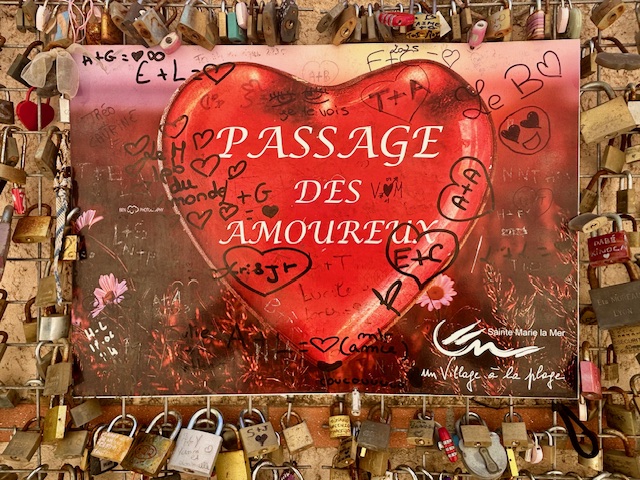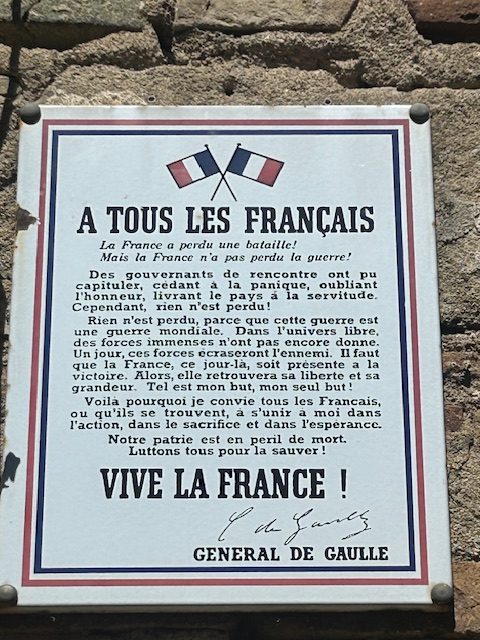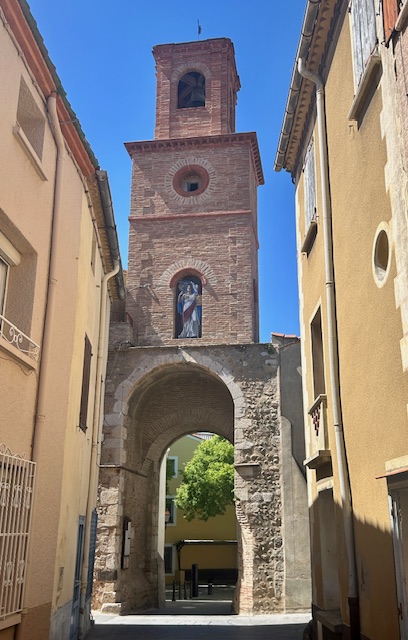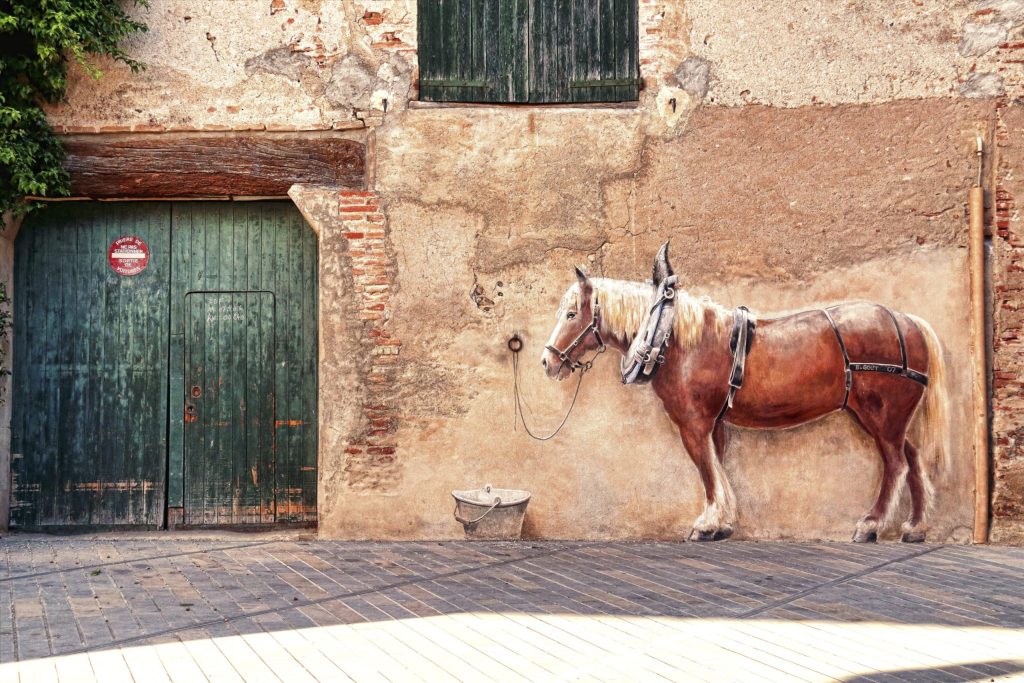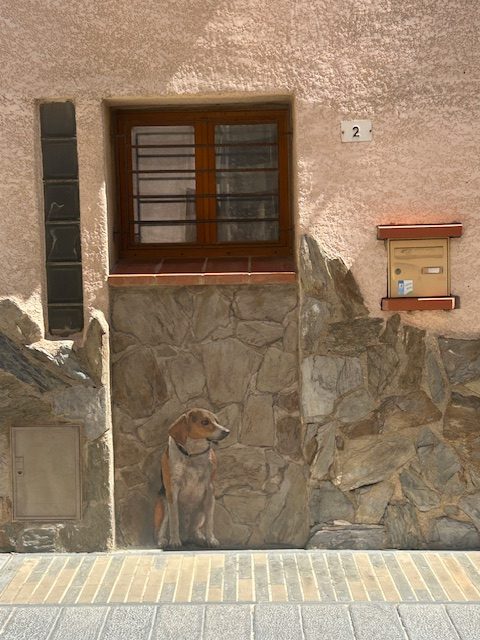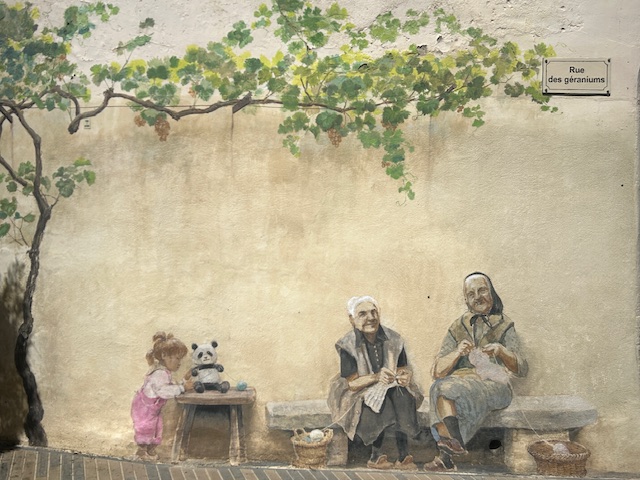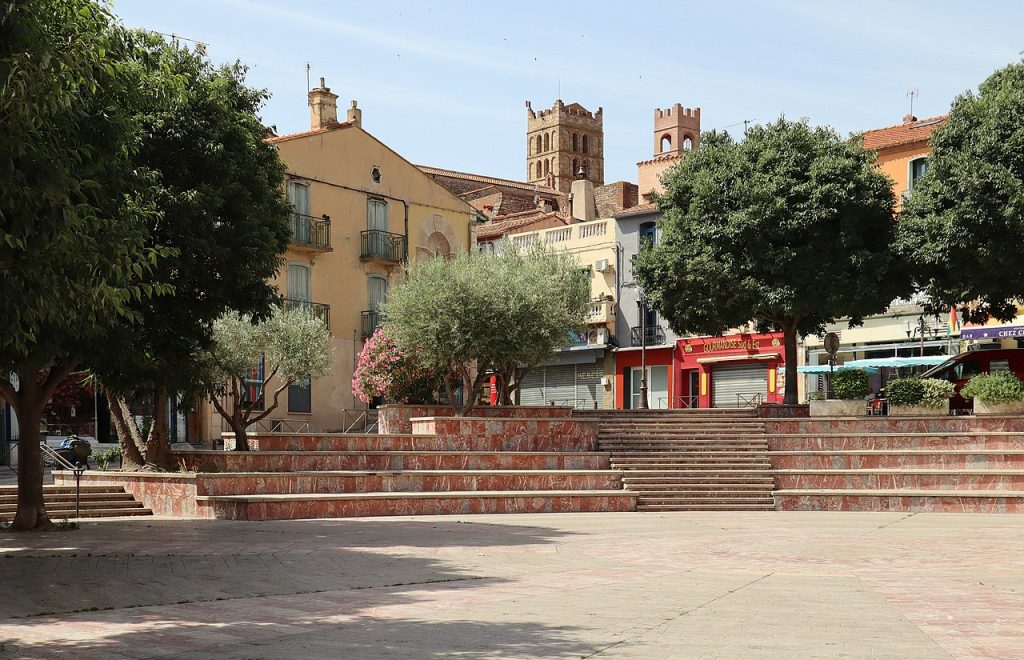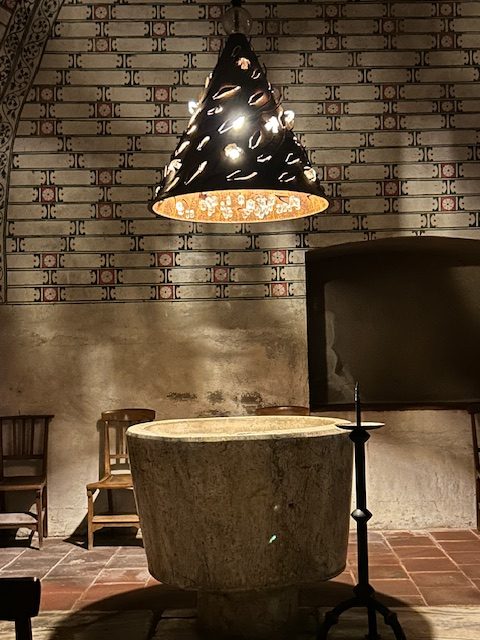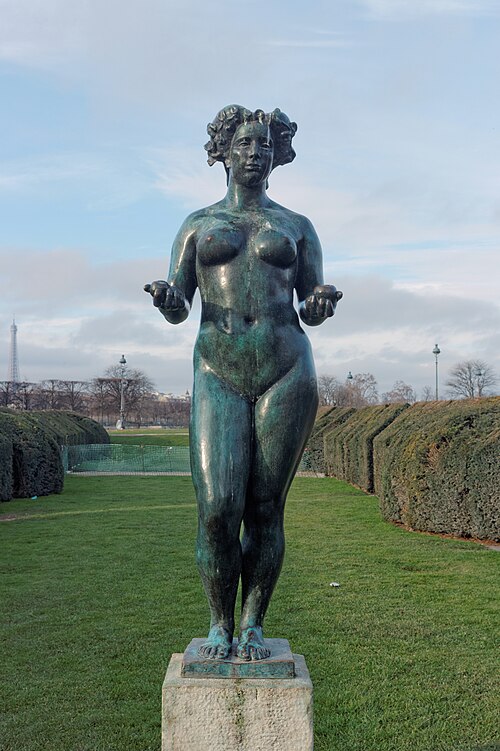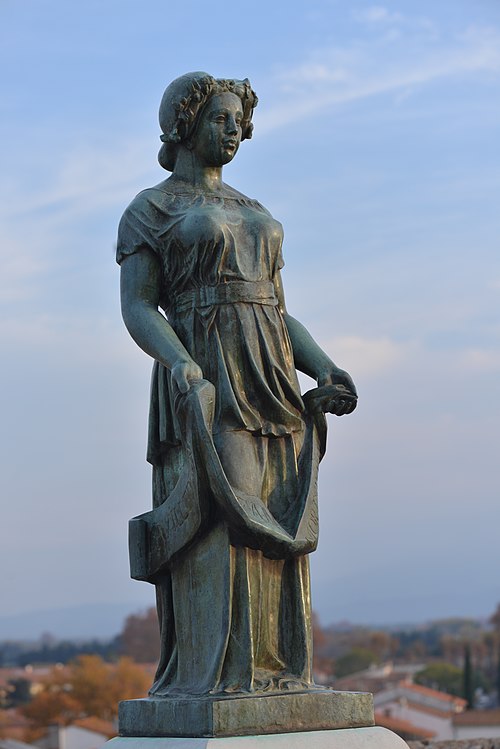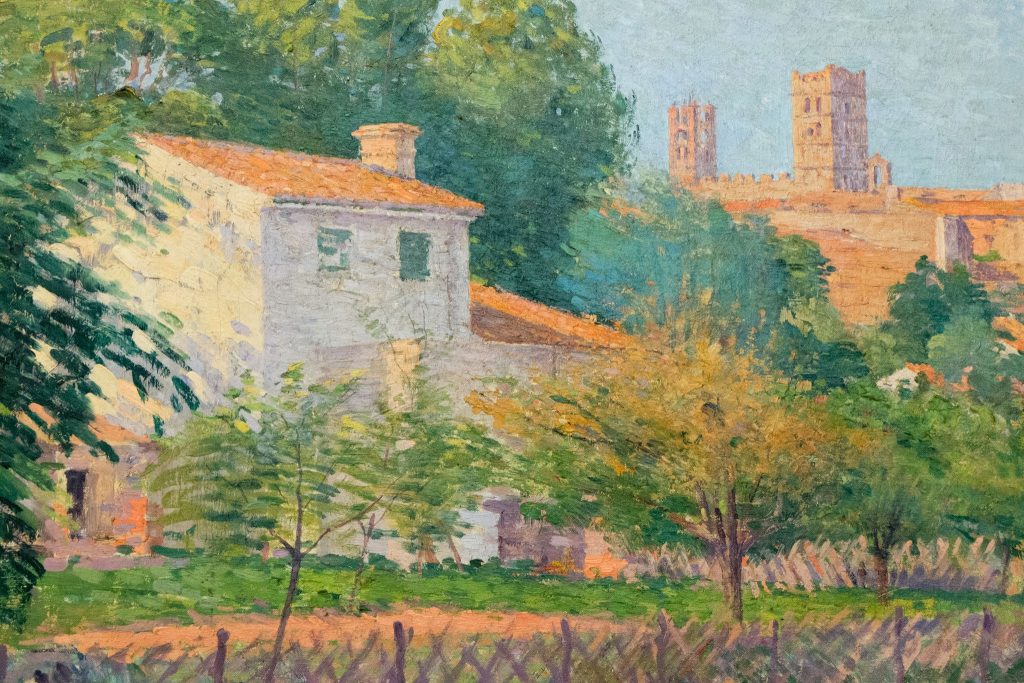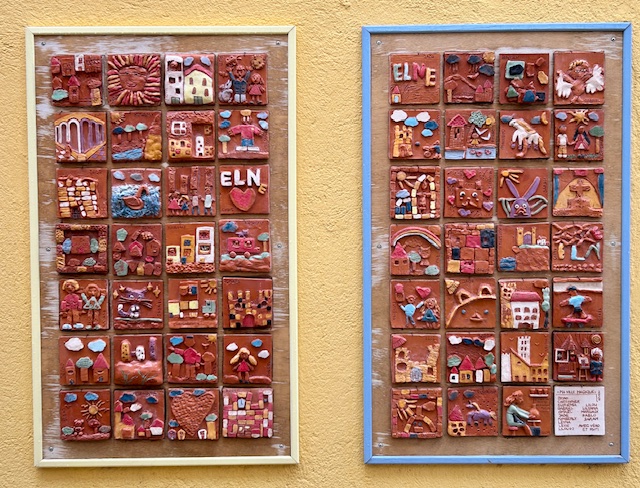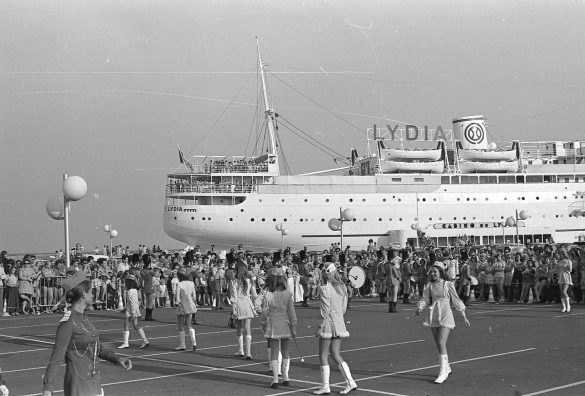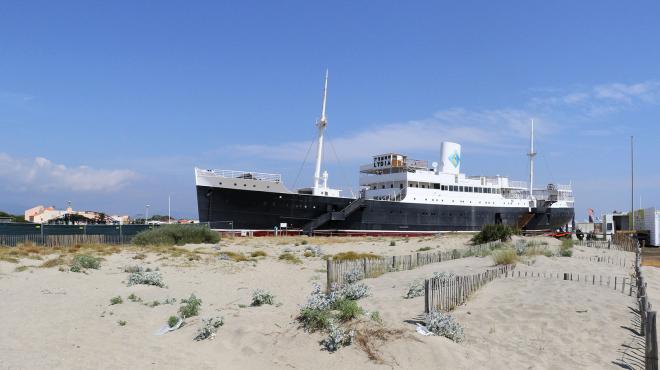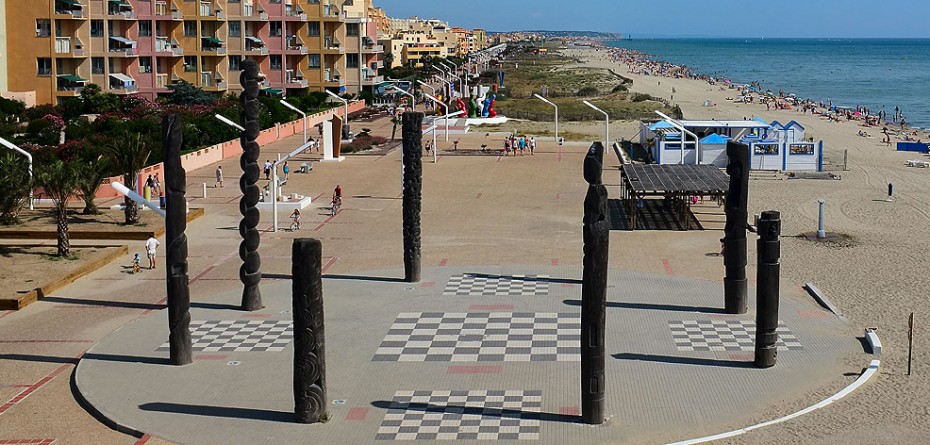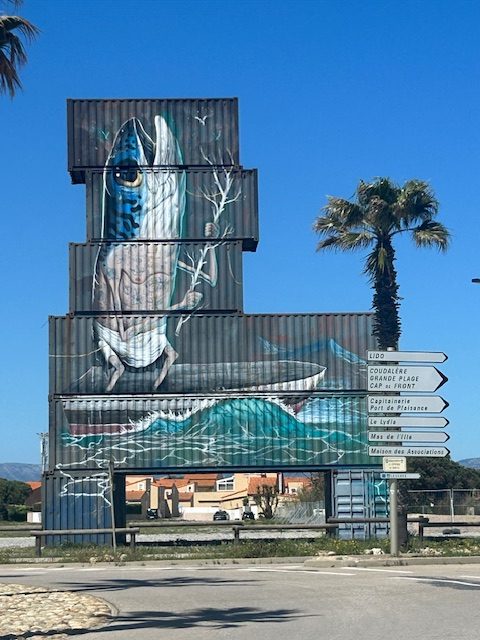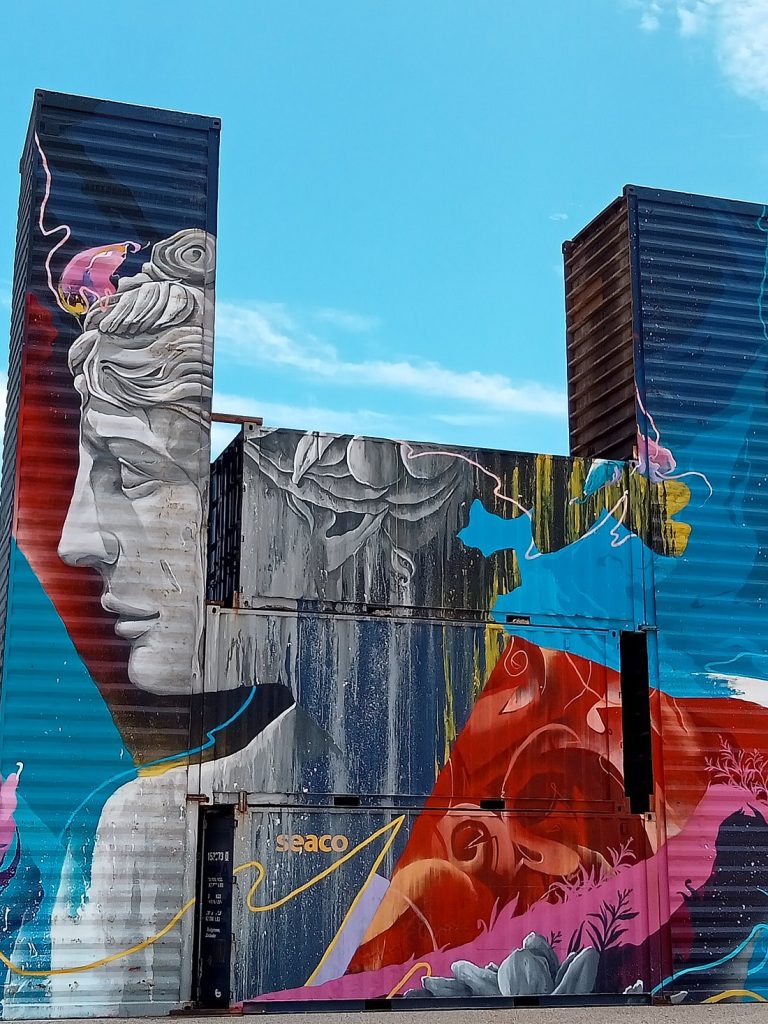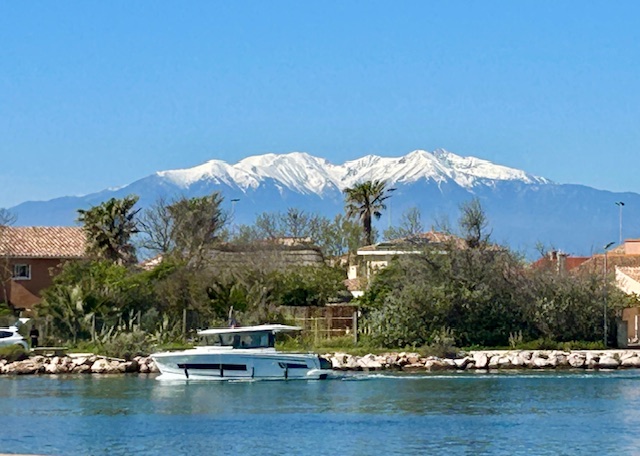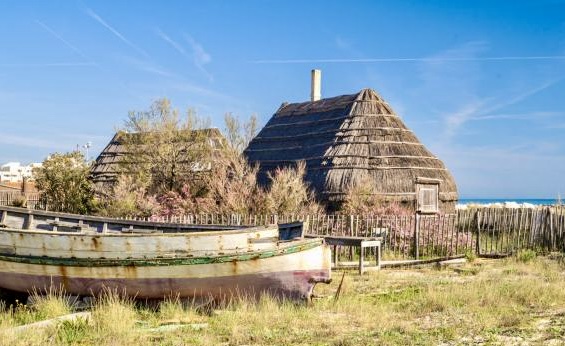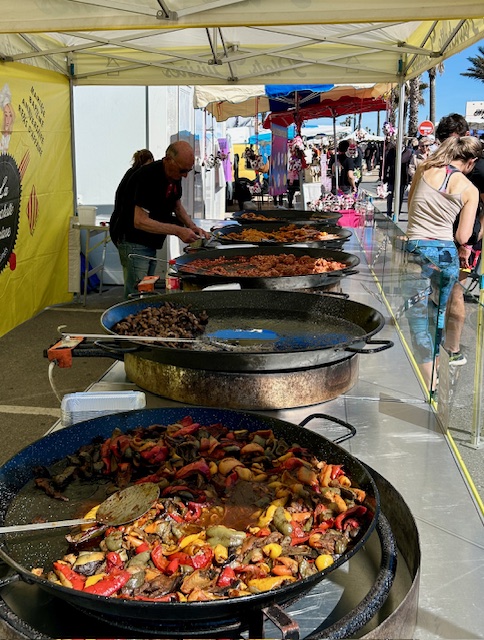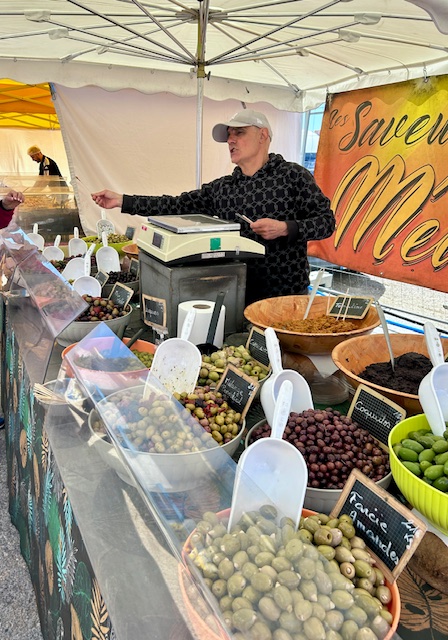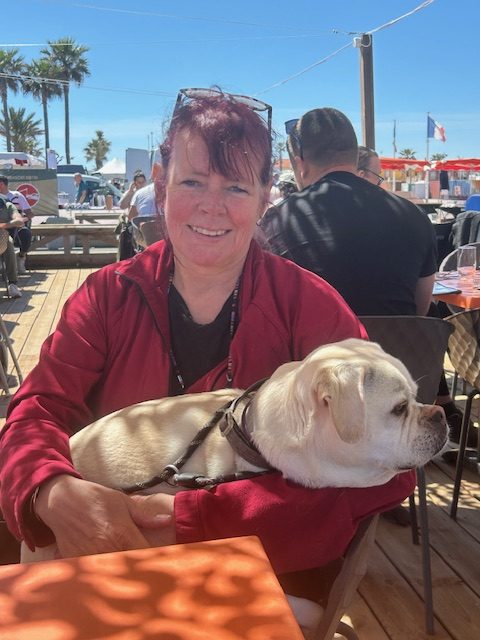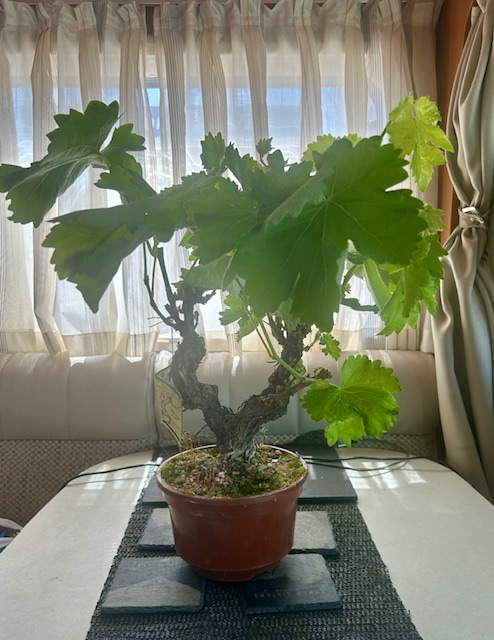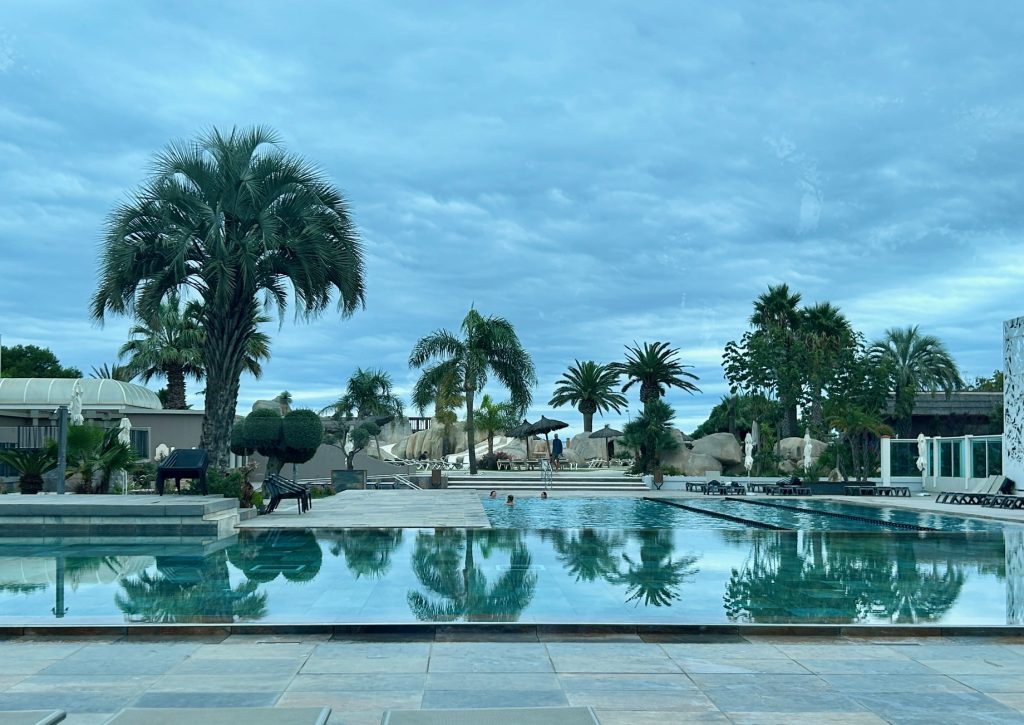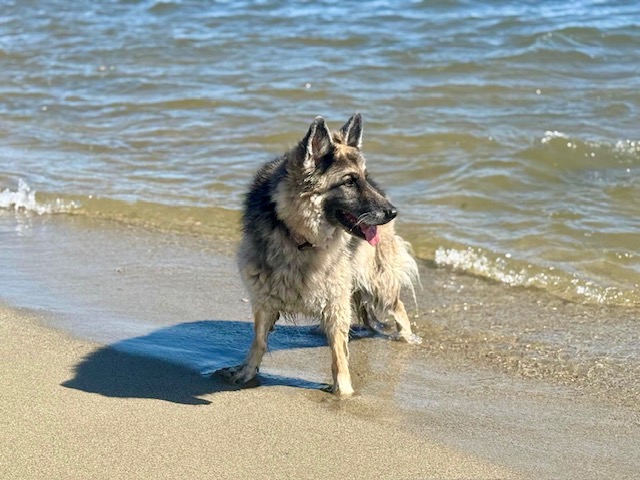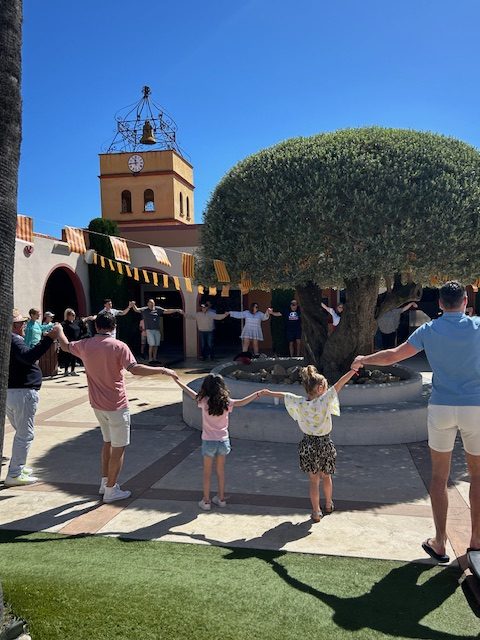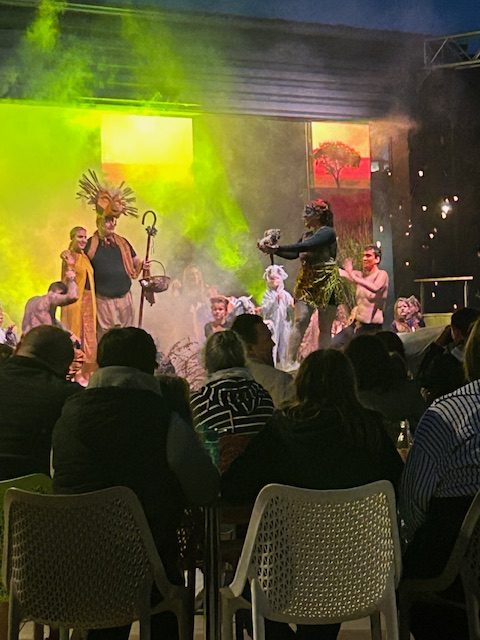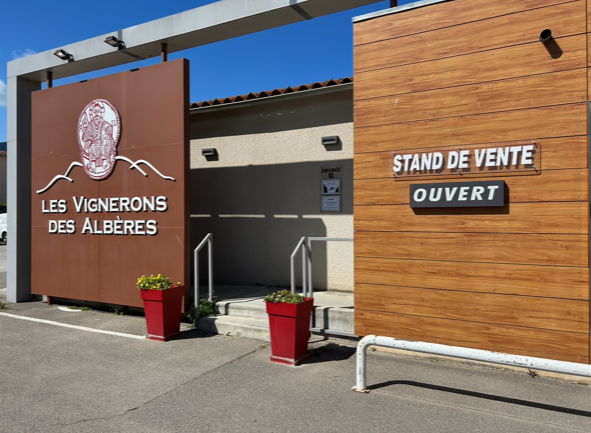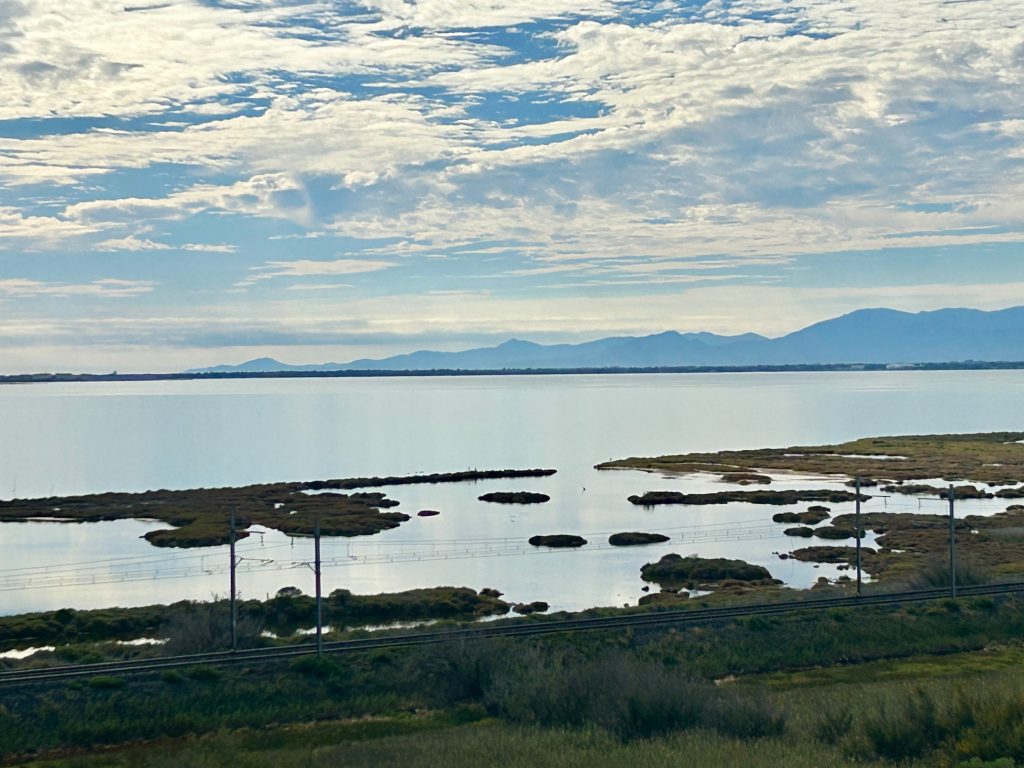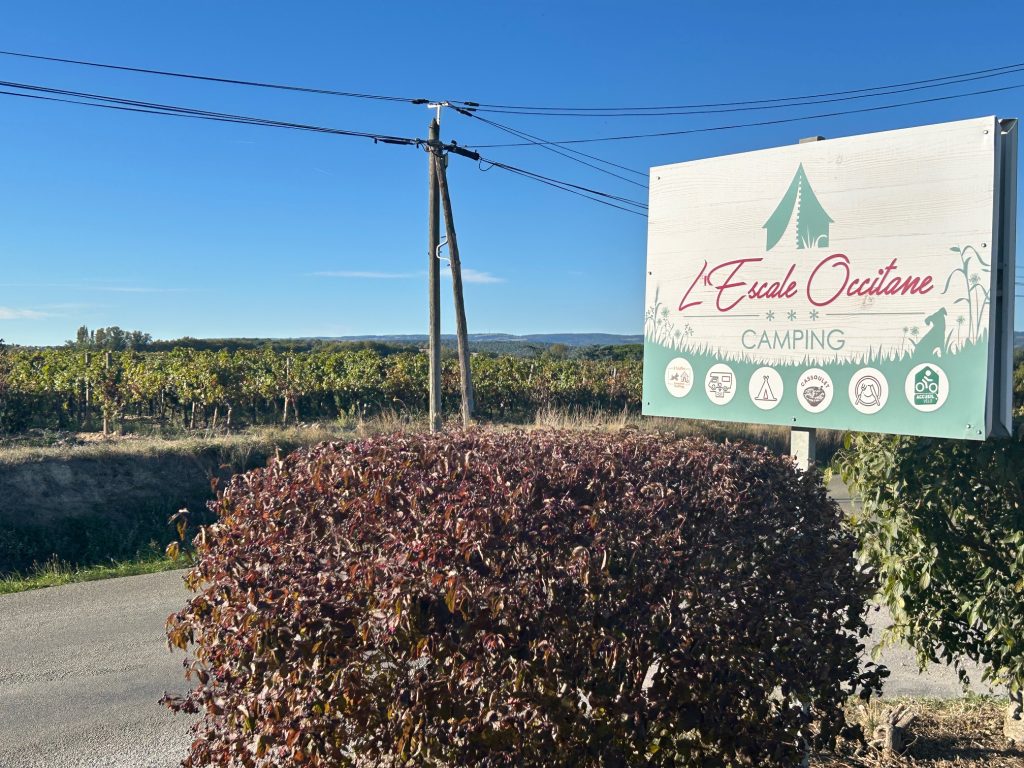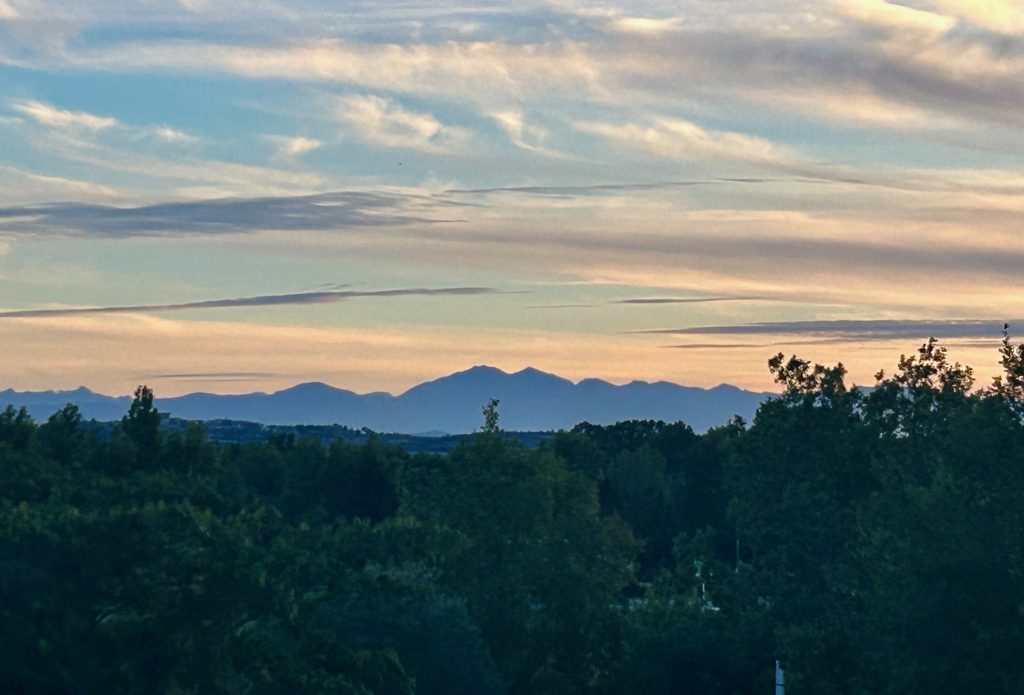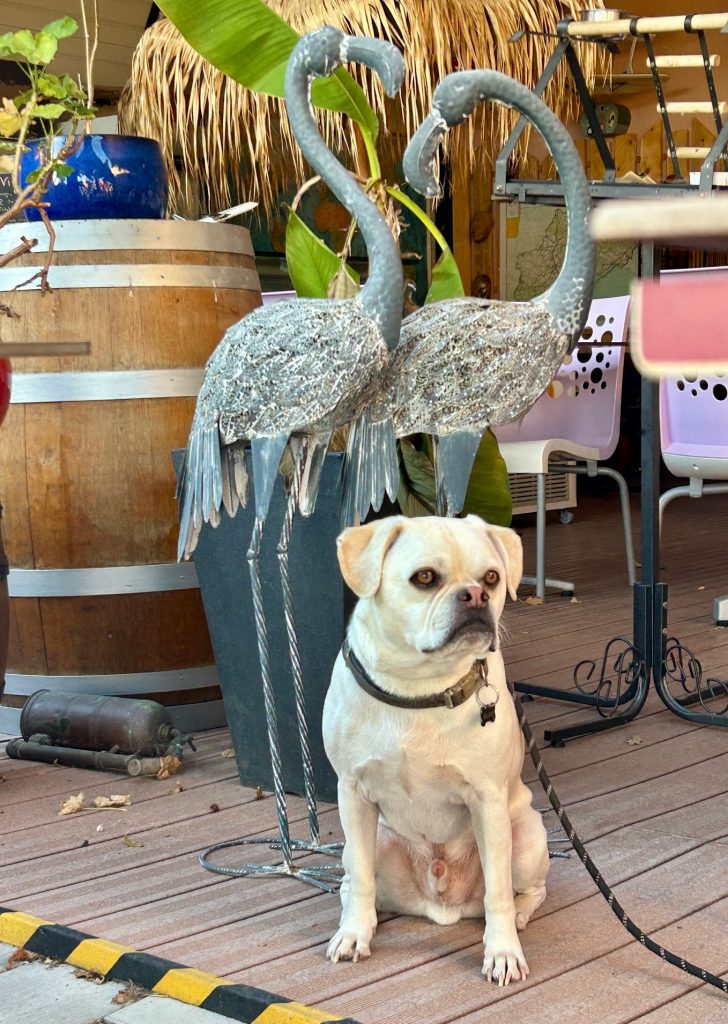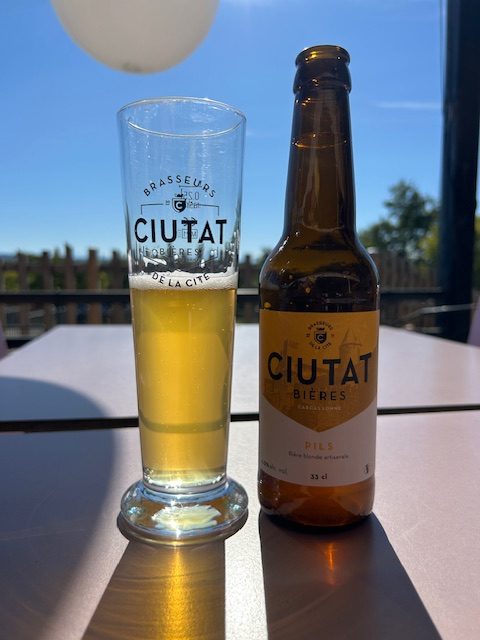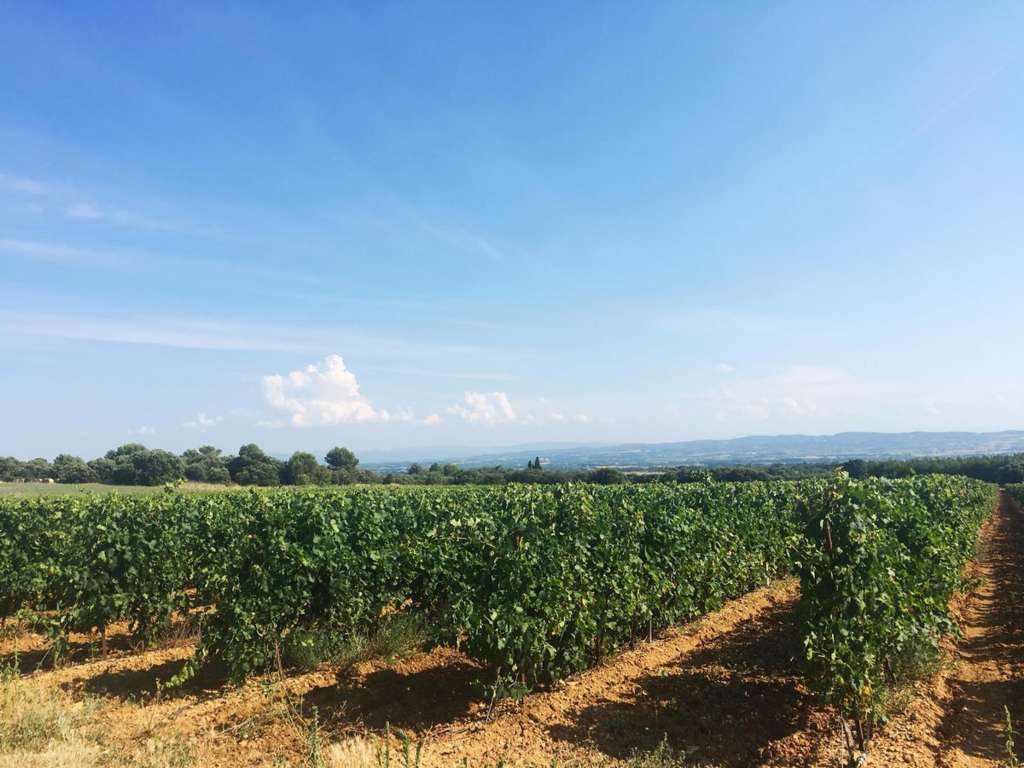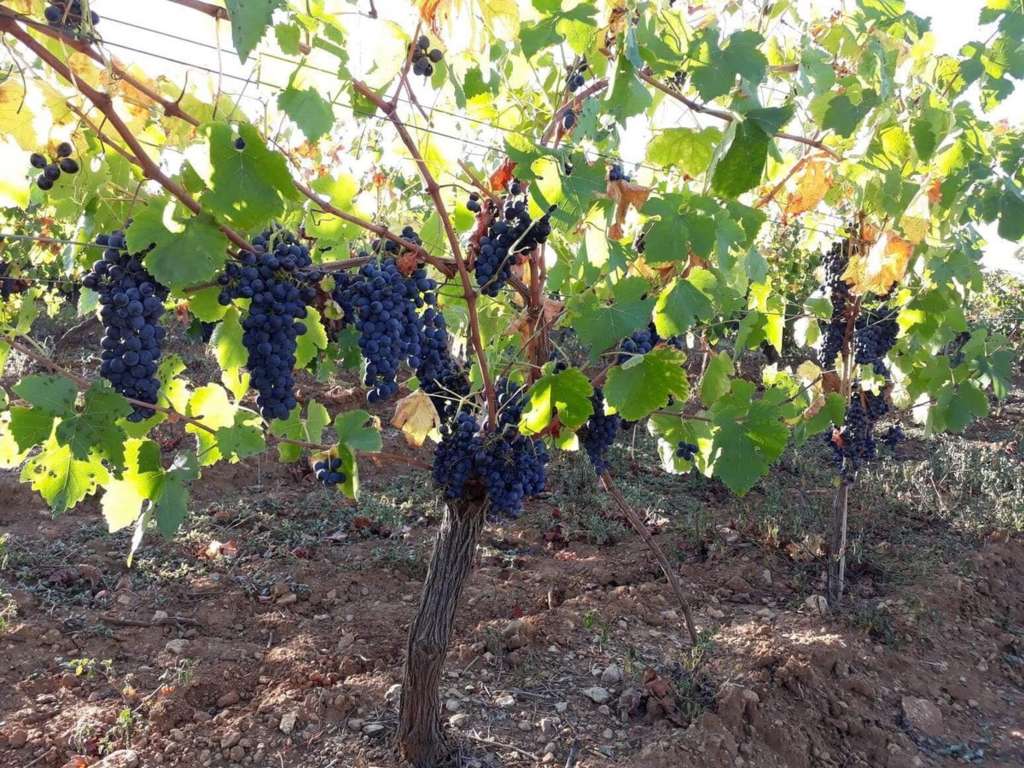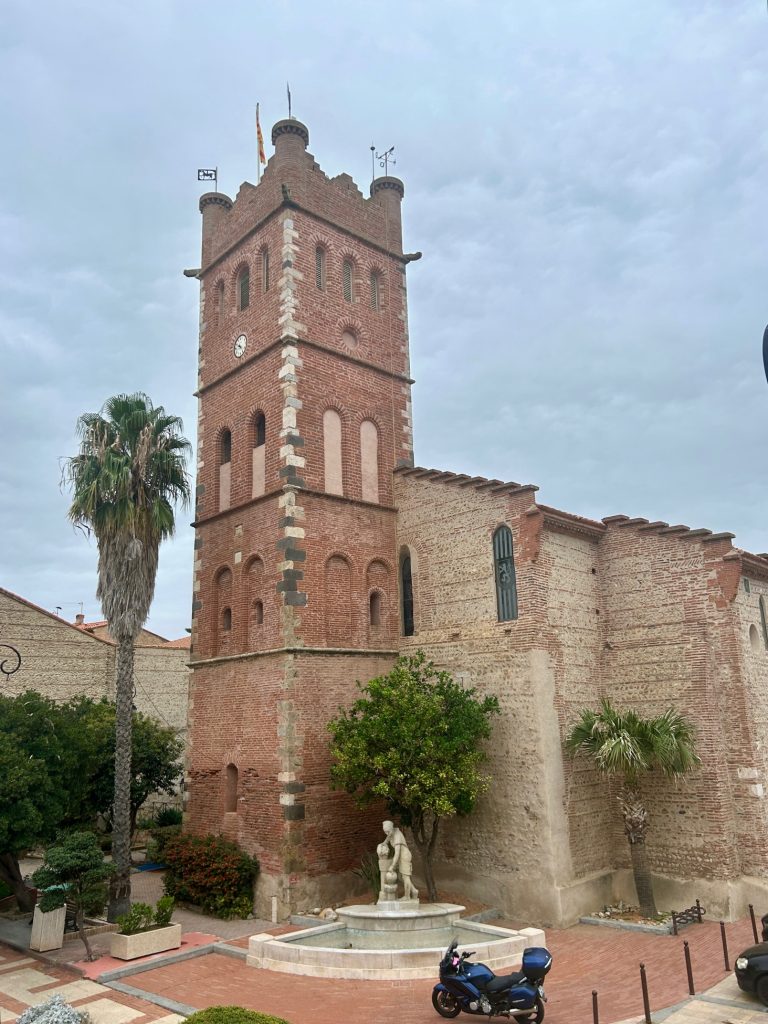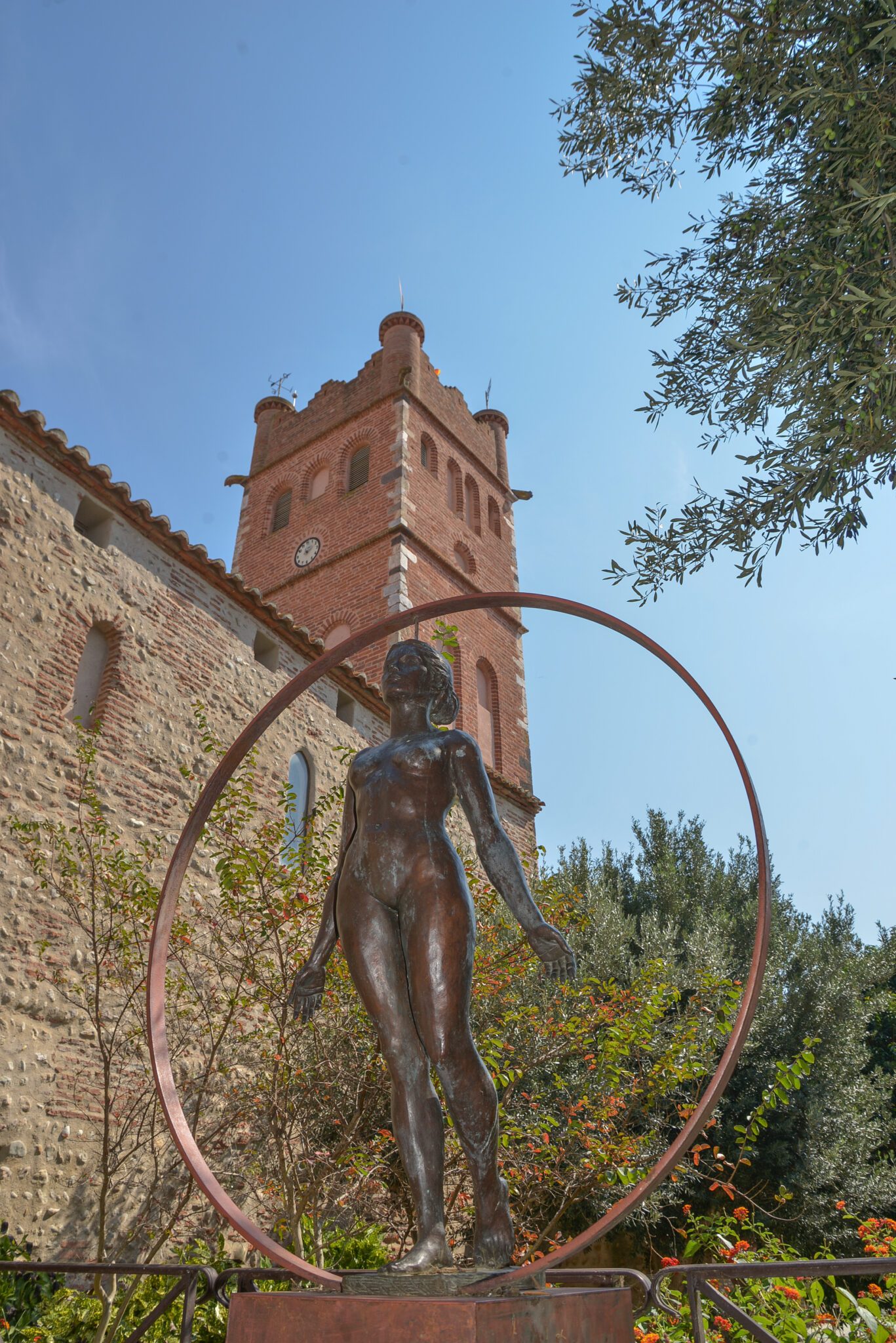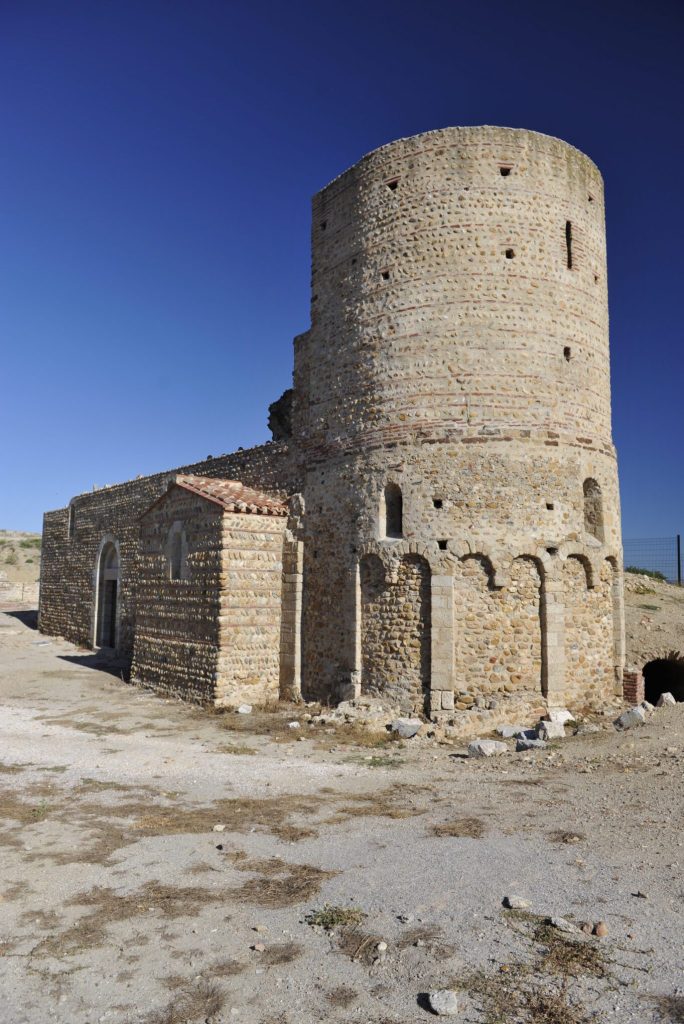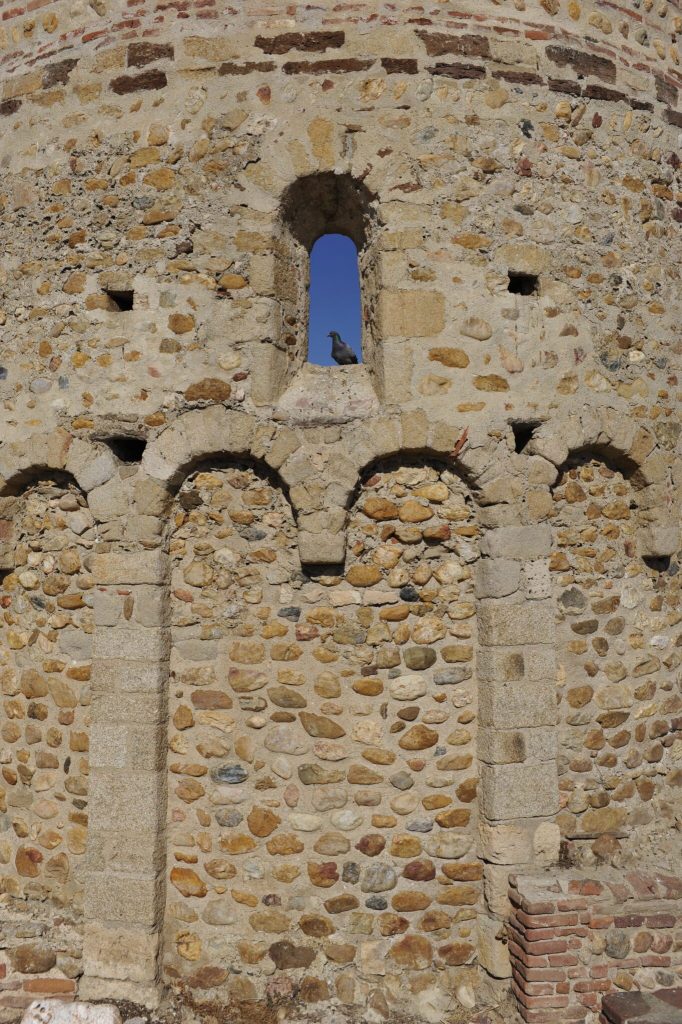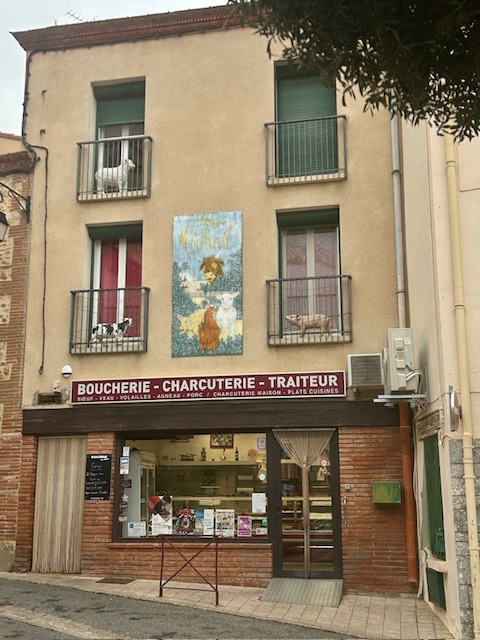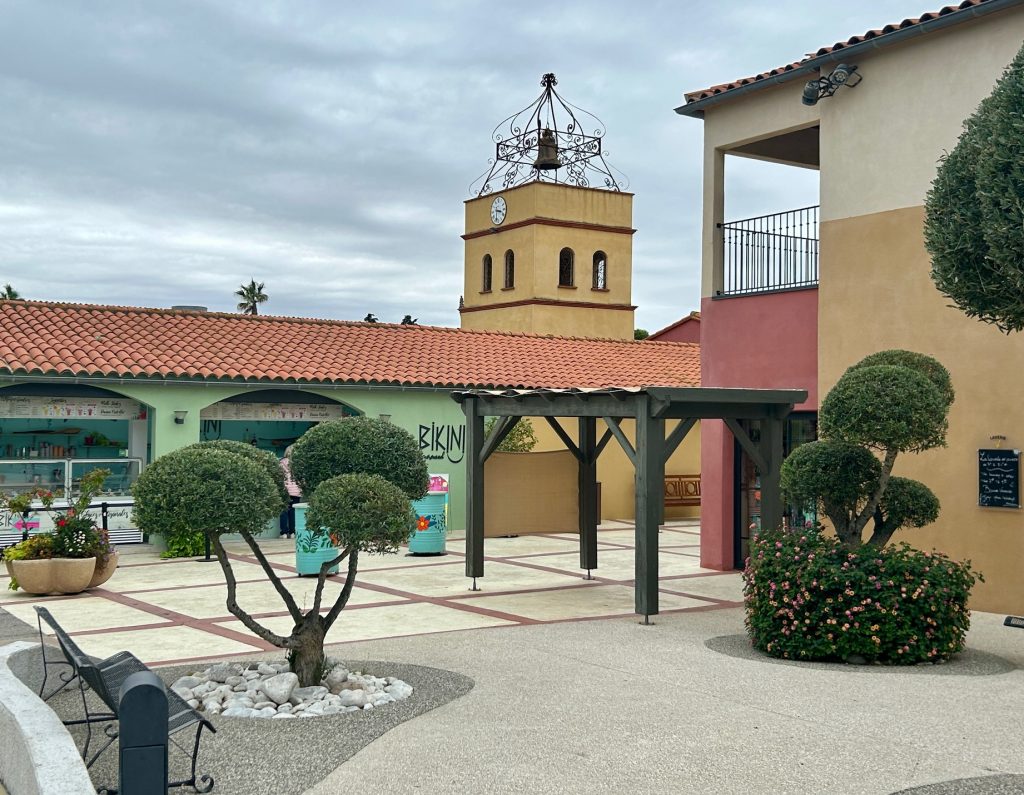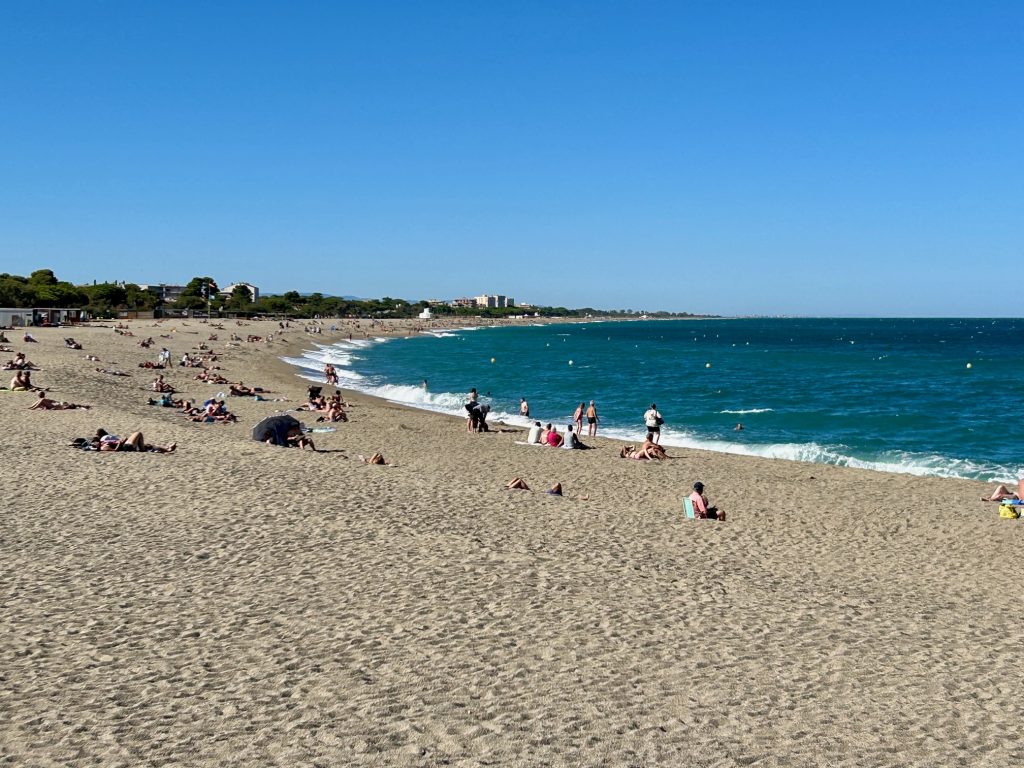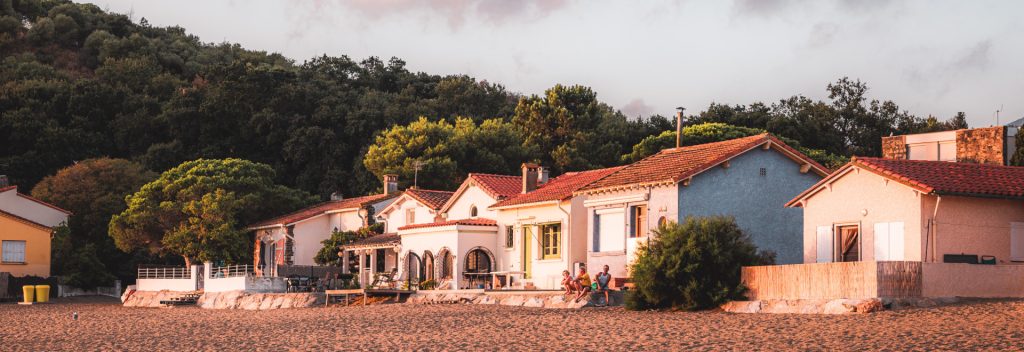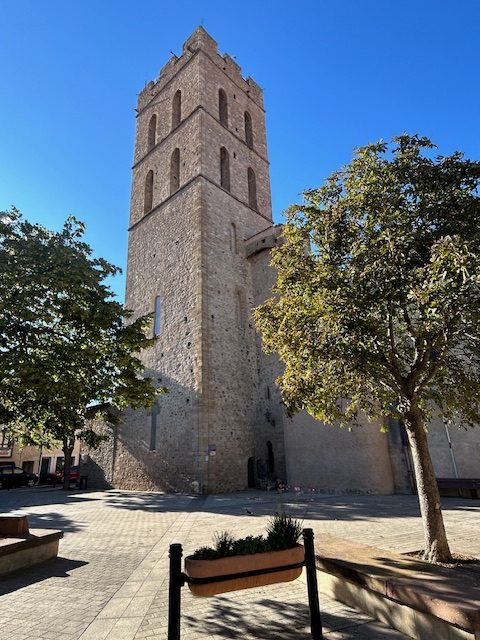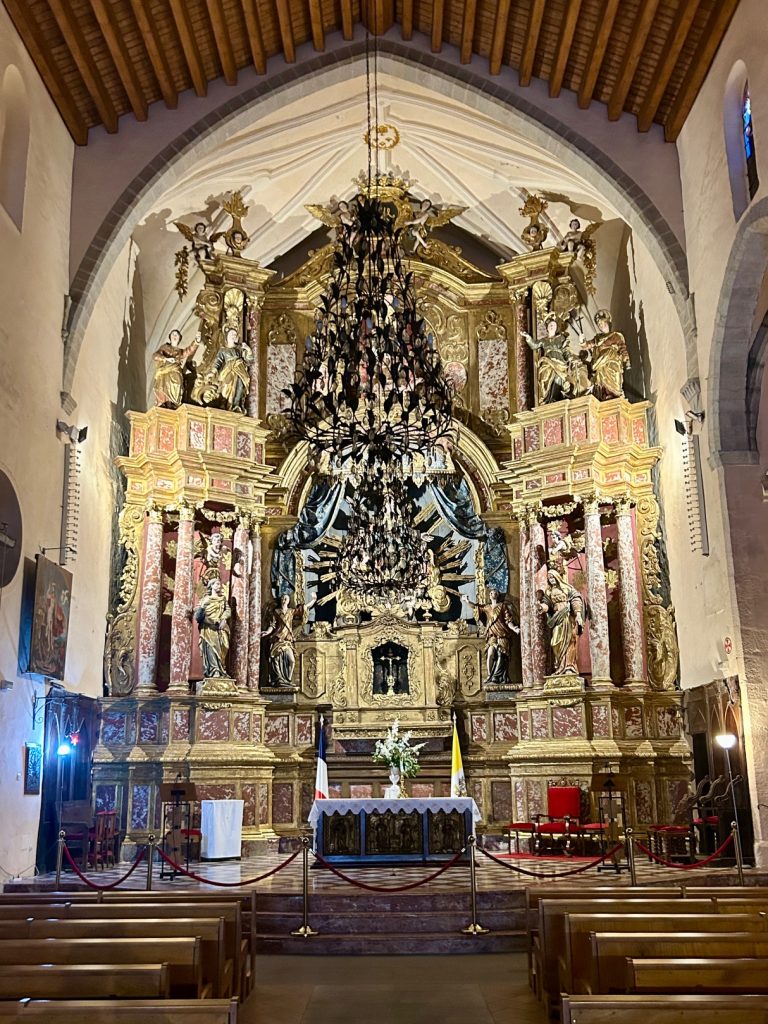We came to Serignan for a couple of nights to take advantage of Yelloh’s Camping Le Serignan Plage. We would then continue east to Italy, stopping off at the beautiful little coastal town of Martigues on our way. I’ll write about Martigues later.
A little about Serignan first and then a great deal lot more about La Serignan Plage. I make no apologies for focusing on Camping La Serignan Plage at the expense of Serignan Town. We needed the break and, anyway, Serignan is mostly about it’s beautiful beaches which Yelloh Camping Le Serignan Plage has in abundance.
Serignan is situated in the Herault department of Occitaine, less than 10 miles south of the thriving town of Beziers and, perhaps, 14 miles west of Agde with it’s fortified cathedral. It sits on the banks of the River Orb and comprises a small compact old town, a port, some beaches and, not forgetting, the Orpellieres Nature Reserve.
Starting with the old town, the Collegiate Church of Notre Dame de Grace is at the heart of the old town. It’s foundations date from the 10th century but it has been modified numerous times; most recently during the 1960’s. It’s a large church for such a small place; 3 naves and 10 chapels and there’s a small trapdoor in front of the choir which leads to the graves of 40 canons who have been interred in the church over the years. To my mind, it’s most impressive features are the 7 tall stained glass windows in the apse

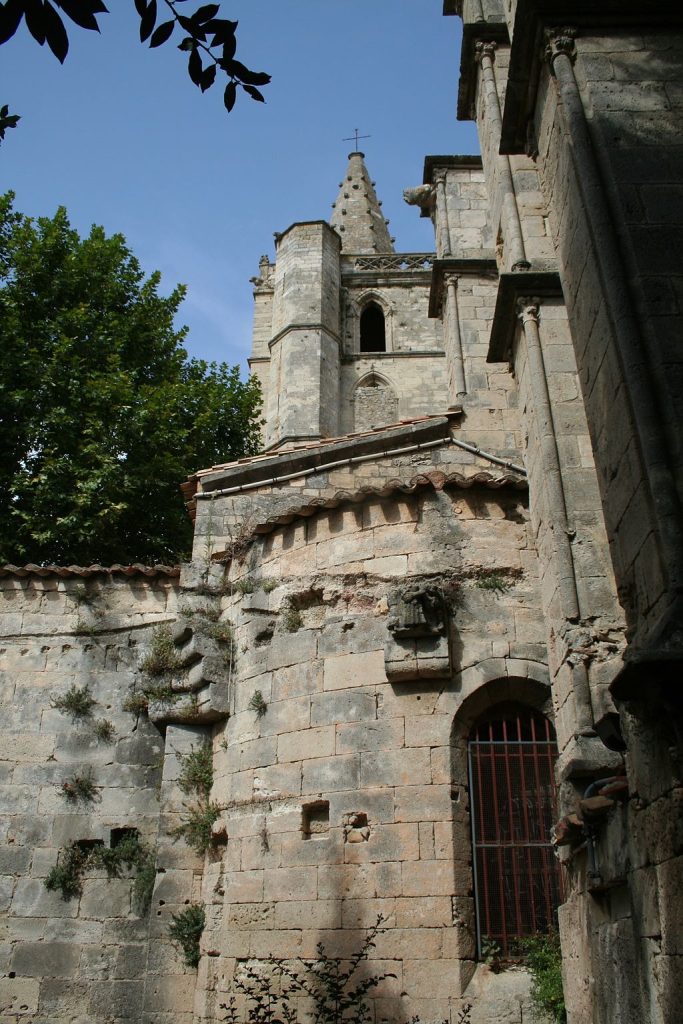

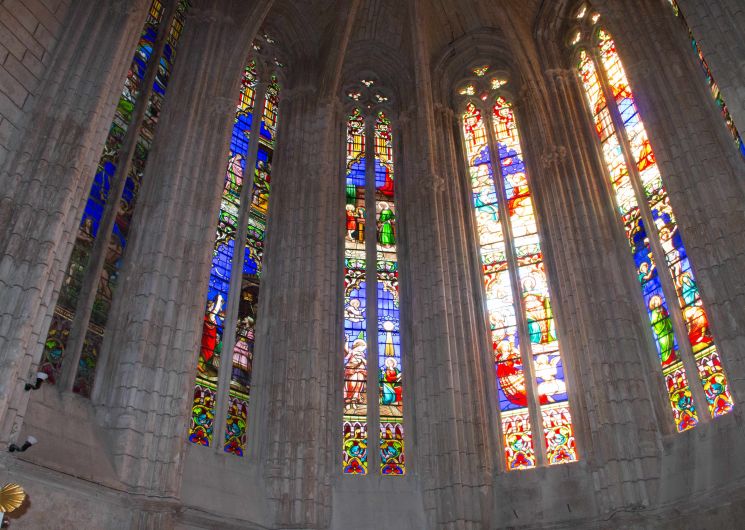

Serignan’s port is a bit of a misnomer. There used to be a port and it used to serve the city of Beziers but it’s long gone. In it’s place is a burgeoning marina for leisure craft; sailing yachts mostly. In terms of it’s facilities I think this is best described as work in progress for the moment but I don’t doubt, the authorities will get it right here.

I’ve said already that Serignan is all about it’s beaches. I’ve read that there are four in total; La Chapelle, the Seoune, the Grand Maire Beach and a naturist beach which hasn’t been given a name (probably to discourage voyeurs from goggling googling it). However, I believe there’s a fifth beach, L’Orpellieres, with it’s impressive dunes, which fronts the Orpellieres Nature Reserve.
Of course, the Yelloh Camping Le Serignan Plage has pride of place amongst the beaches. They are wonderful… but, everything about Le Seignan Plage is first class. Small wonder they are ranked amongst the top 10 of France’s 12,000+ campsites. We have long been impressed by Yelloh La Brasilia down near Perpignan but, after a couple od days down at Serignan, I think Le Serignan Plage just edges it.
I’ll let the photos do the talking…






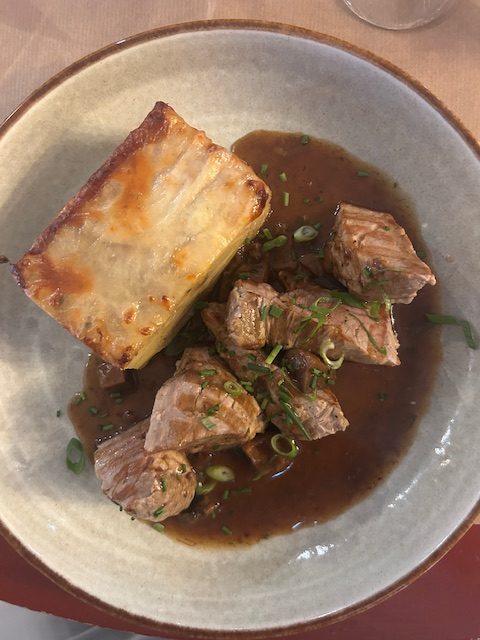
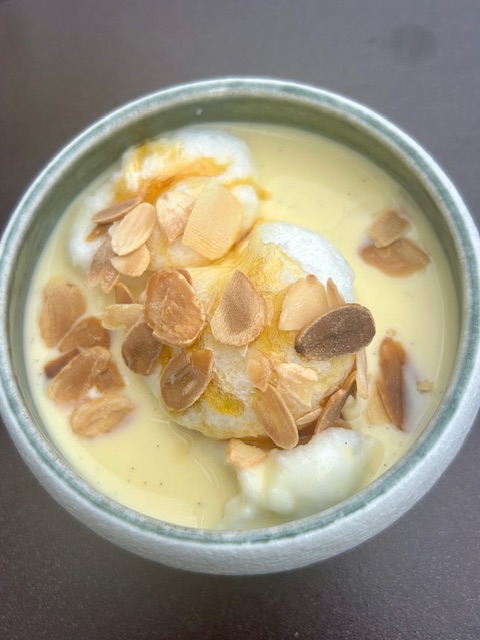


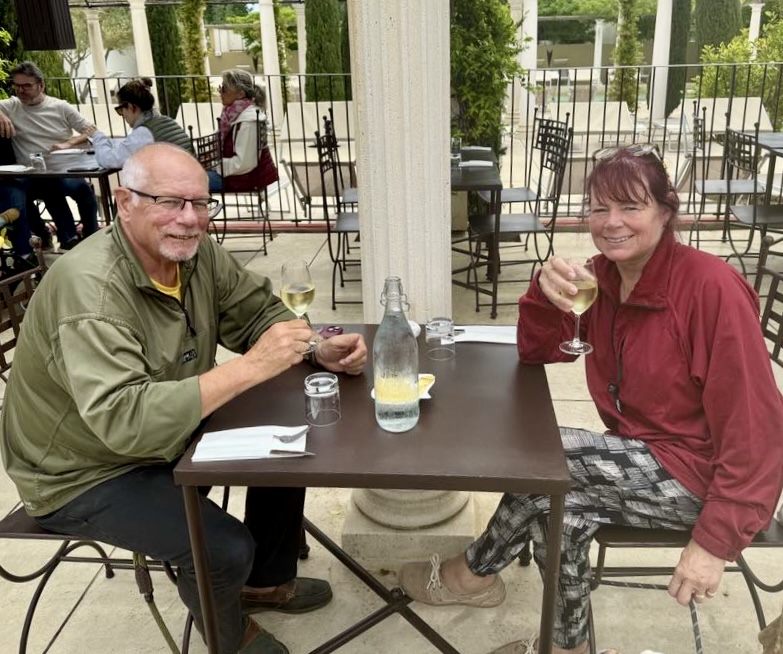
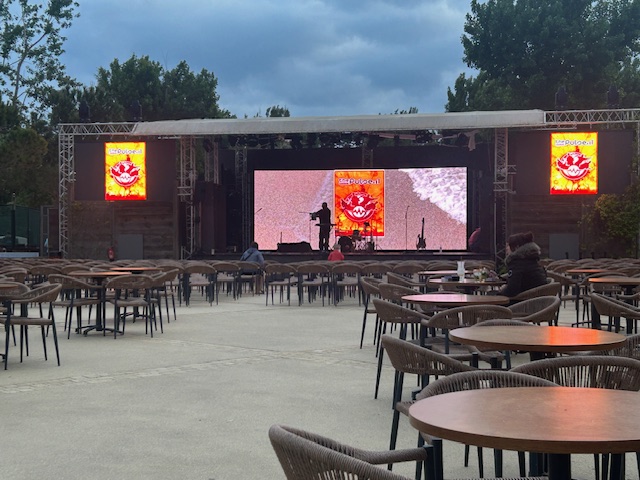
… and there is so much more about the place; their own baker, butcher, even a fishmonger; minimarket, shops & hairdressers, etc. You need only look at their web site for full details.
We’d have stayed longer but for the weather which was bringing mosquitos out in ever increasing numbers. Where’s the hot sun when you need it?

